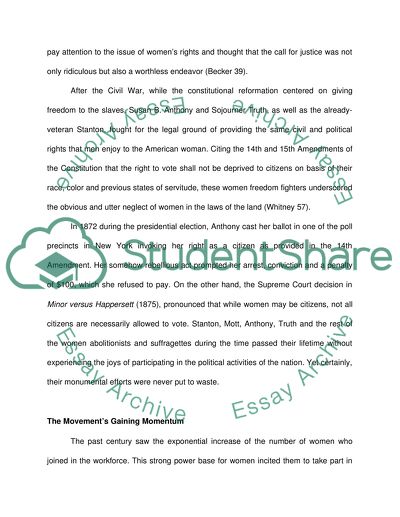Cite this document
(“Womens Right (Equal Right Amendment) Research Paper”, n.d.)
Retrieved from https://studentshare.org/family-consumer-science/1415165-womens-right-equal-right-amendment
Retrieved from https://studentshare.org/family-consumer-science/1415165-womens-right-equal-right-amendment
(Womens Right (Equal Right Amendment) Research Paper)
https://studentshare.org/family-consumer-science/1415165-womens-right-equal-right-amendment.
https://studentshare.org/family-consumer-science/1415165-womens-right-equal-right-amendment.
“Womens Right (Equal Right Amendment) Research Paper”, n.d. https://studentshare.org/family-consumer-science/1415165-womens-right-equal-right-amendment.


